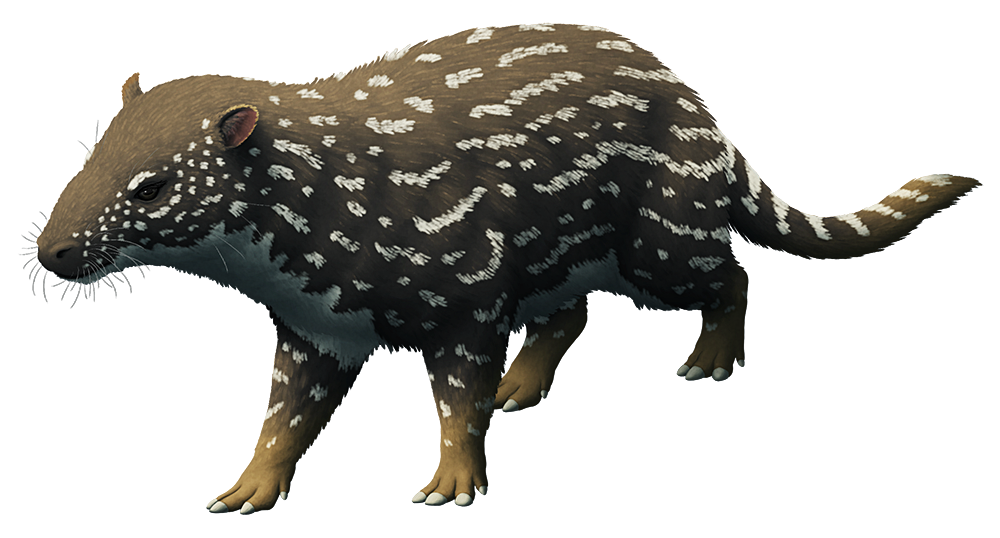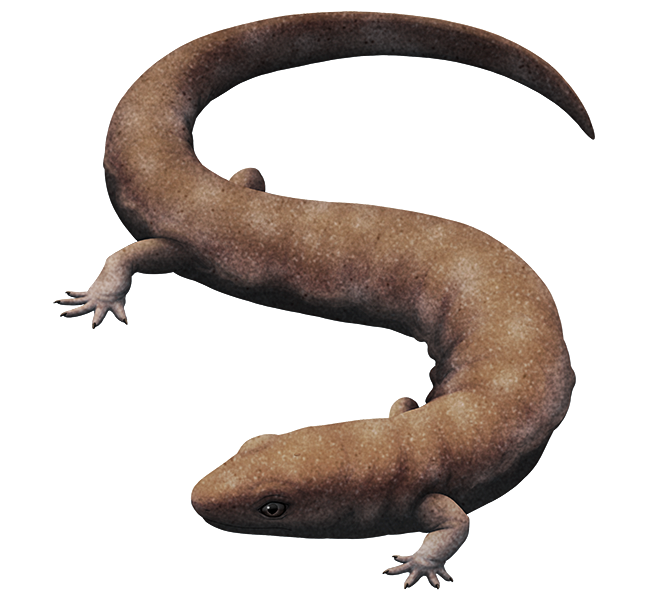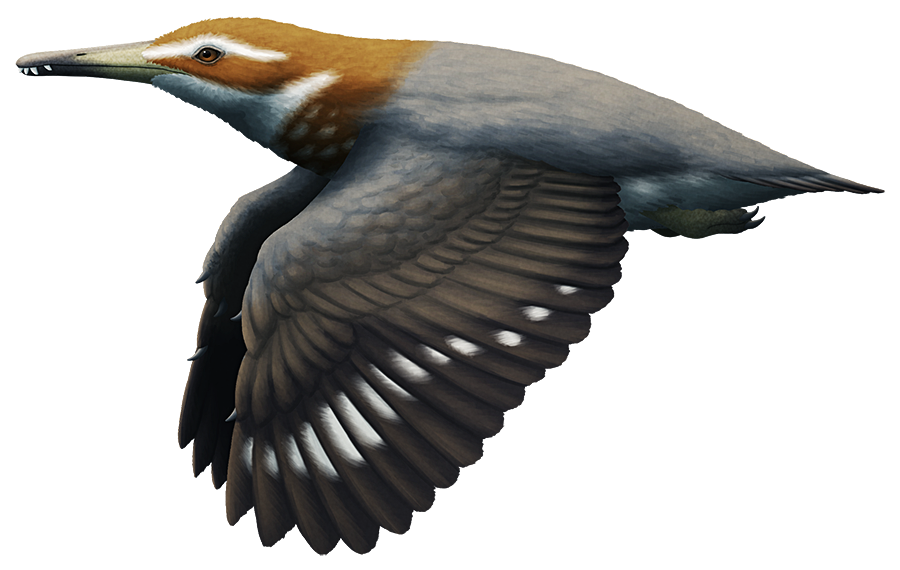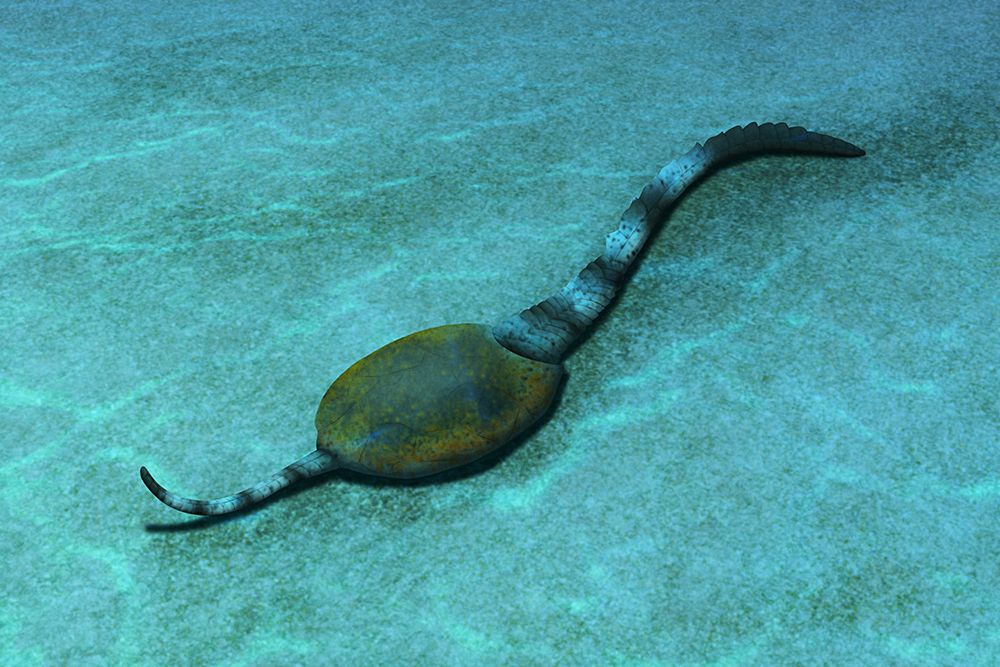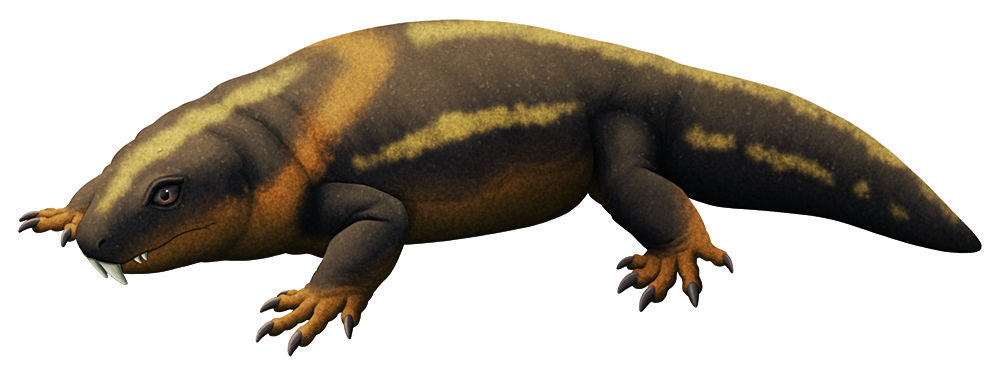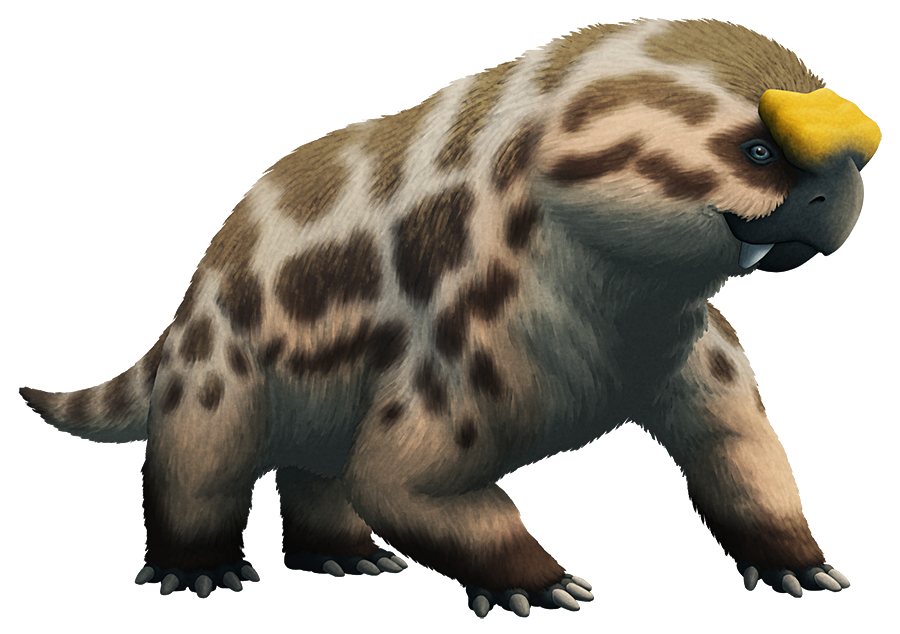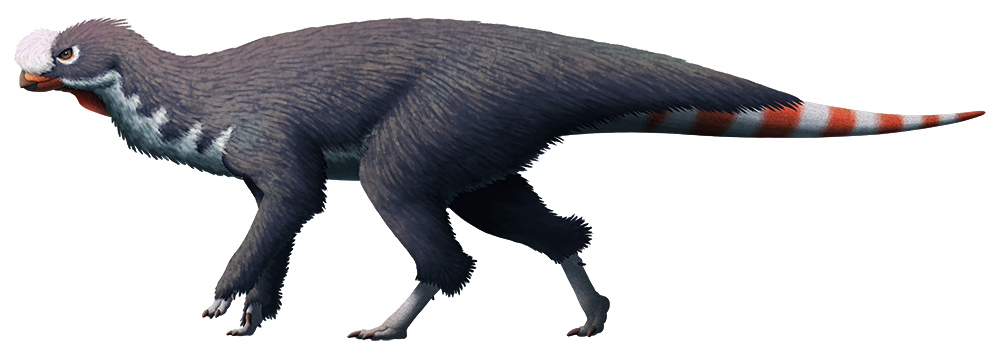Eospinus daniltshenkoi, a tetraodontiform fish from the early Eocene of Turkmenistan (~56-48 mya). Only about 5cm long (2″), it was a close relative of modern boxfish and triggerfish, as well as a completely extinct group called spinacanthids.
It was heavily armored, with large plate-like scales creating a boxfish-like carapace, but its most distinctive feature was its multiple long spines – three dorsal spines on its back, a fourth on its head resembling a “horn”, a pair of smaller spines on the sides of its body, and one on its underside formed from partially fused vestigial pelvic fins.



